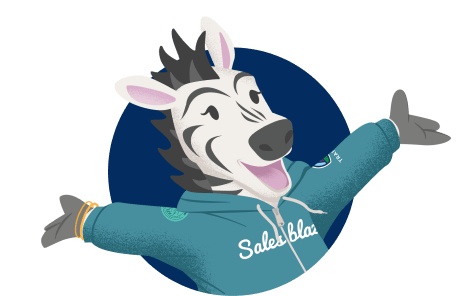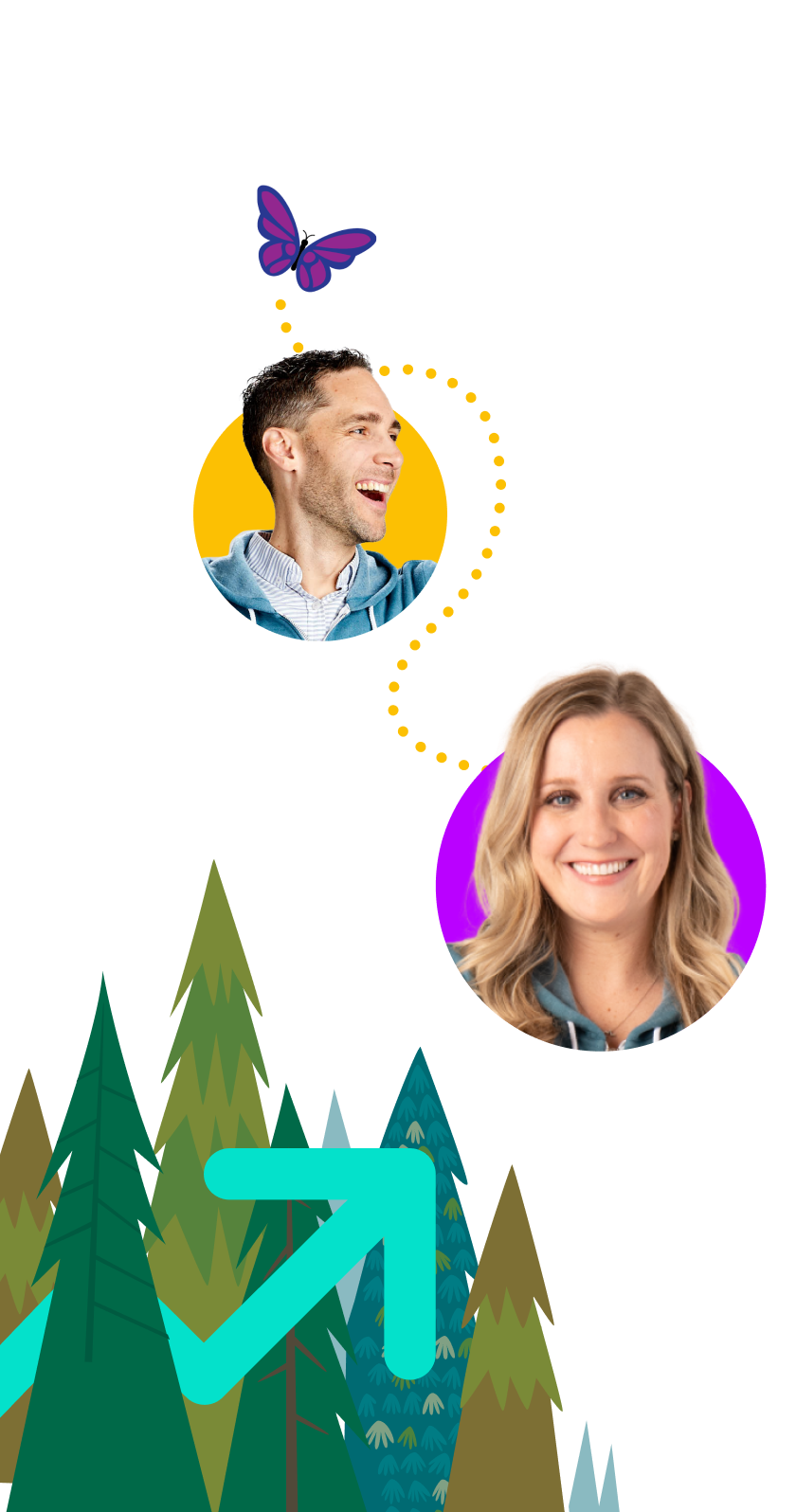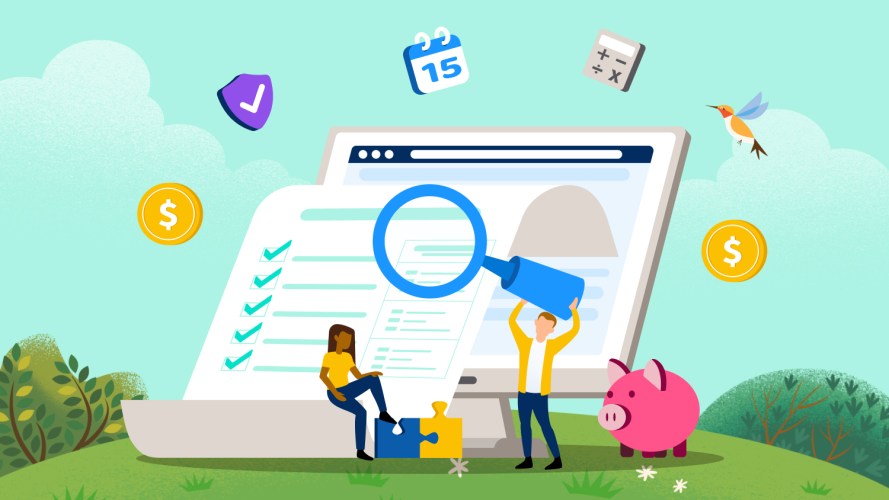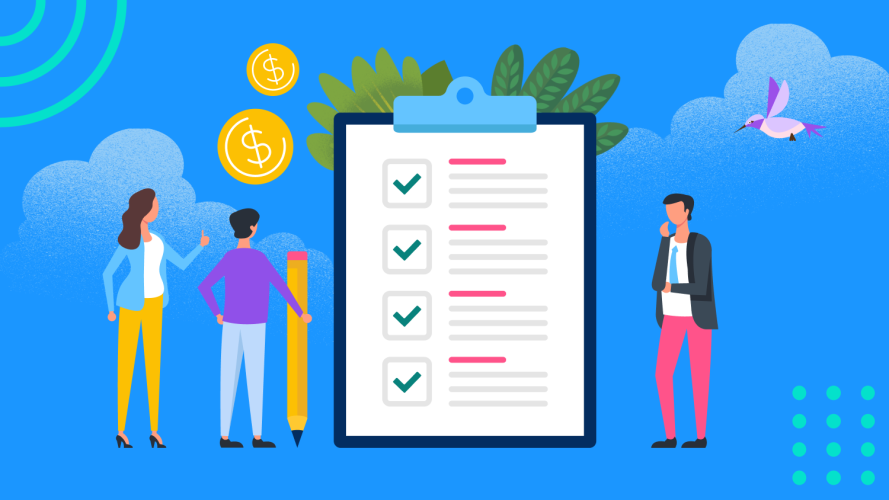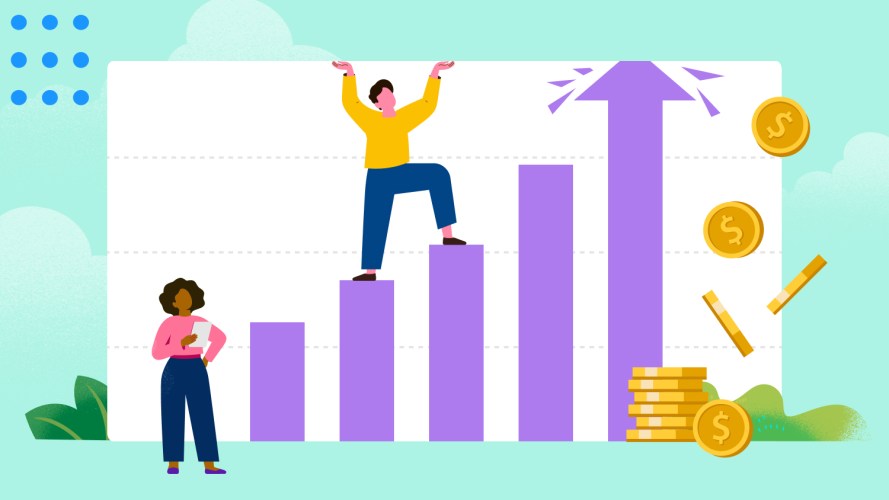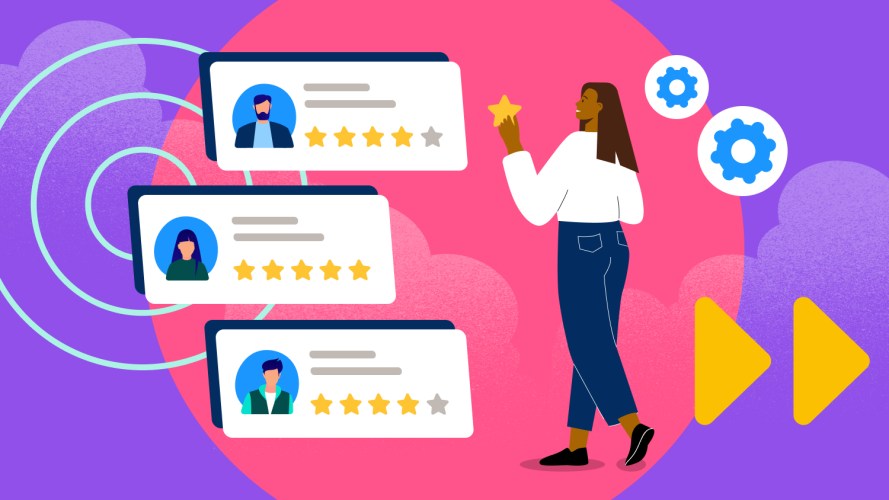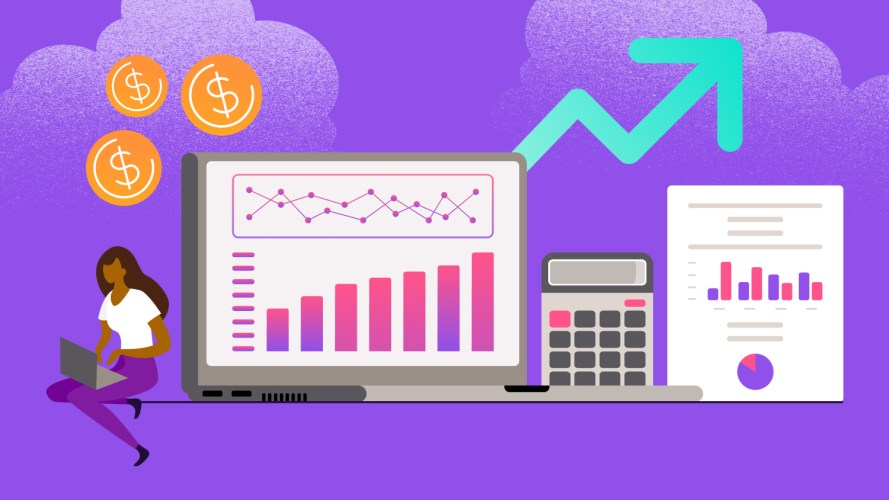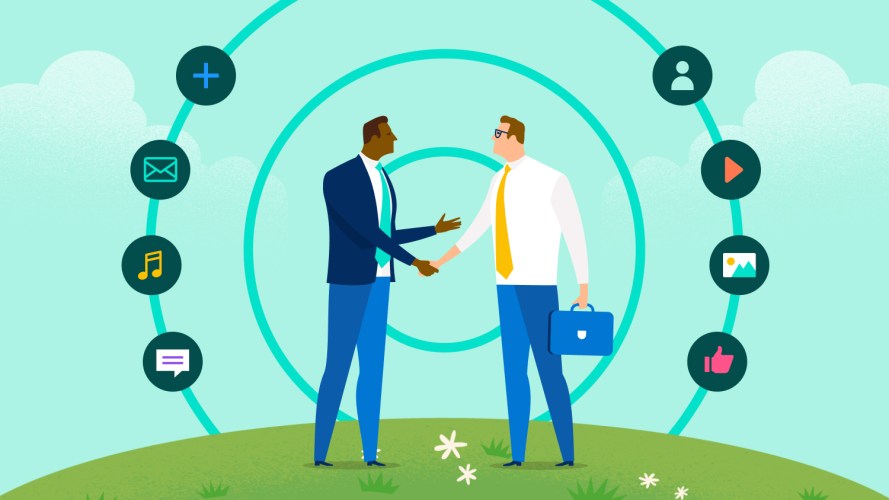Recoverable Draw: How and Why to Loan Your Sales Reps Money

Learn why the recoverable draw is a low-risk way to provide financial stability to sales reps.

Erin Hueffner
If you’re a brand new sales employee, trying to close deals and earn commission is a bit like being expected to reel in a marlin when you’re still learning how to fish. That’s why a commission draw – either a non-recoverable or a recoverable draw – can be a lifeline.
We’ve already offered an explainer on non-recoverable draws, so this article will be focused on their counterpart: Recoverable draws against commission.
Motivate your reps with automated incentive pay
Discover the power of automating commissions with Incentive Compensation Management, and easily create incentive programs that scale.



What is a recoverable draw?
A recoverable draw is an advance on future commission that a company pays to a sales rep. This accrues as a debt that the sales rep must pay back to the company, once they’re earning commission that exceeds the designated draw amount.
The most common purpose of this advance payment is to offer financial support to new or first-time sales reps while they build out their pipeline and get up to speed in their role. By providing an advance on commission earnings, the company helps to ensure that reps can cover their basic living expenses while still focusing on growing their business.
Recoverable draw vs. non-recoverable draw
Both recoverable and non-recoverable draws are part of variable pay, separate from a sales rep’s base salary. They are intended to help reps earn a livable wage during ramp periods, seasonal lows, long sales cycles, and any other times when it becomes difficult to earn commission.
For recoverable draws, the salesperson pays the balance they owe from previous draws as soon as they’re earning commission that exceeds the draw amount per period. The amount they owe is taken from the commission they earn. Once their draw balance has been paid off entirely, they will keep the full amount of their commission moving forward.
A non-recoverable draw, on the other hand, does not need to be paid back in future pay periods and doesn’t carry over as a debt. It’s just an additional payment to ensure that sales reps receive minimum earnings during each pay period.
In short, think of a recoverable draw as an advance and a non-recoverable draw as a guaranteed minimum commission payment. Companies that want to minimize financial risk might elect to offer recoverable draws exclusively or use non-recoverable draws only during rare occasions, such as a brief slowdown in the sales cycle due to adverse economic conditions.
Example
Let’s say a company offers a recoverable draw of $2,000 per month for the first six months of every new rep’s tenure. A sales rep makes $1,000 in commission in January, so they “borrow” an additional $1,000 draw amount. That’s money they now owe to the company once they’re eventually making more than $2,000 in commission per month.
The next month, they make $1,300 in commission, so they receive a draw amount of $700 to hit the $2,000 threshold for February. Now they owe the company a total of $1,700.
In March, that sales rep has gotten up to speed and they earn $2,200 in commission. So, they pay back the commission they’ve earned past the draw amount – in this case, $200, which brings their total debt down to $1,500. Eventually, as they continue earning more than $2,000 per month in commission, they’ll pay off the total debt they accrued during the months they were ramping up.
| Pay Period | Draw Paid | Commission Earned | Owed to Company | Take Home Pay |
| Jan. 2024 | $2,000.00 | $1,000.00 | $1,000.00 | $2,000.00 |
| Feb. 2024 | $2,000.00 | $1,300.00 | $1,700.00 | $2,000.00 |
| March 2024 | $2,000.00 | $2,200.00 | $1,500.00 | $2,000.00 |
| April 2024 | $2,000.00 | $2,900.00 | $600.00 | $2,000.00 |
| May 2024 | $2,000.00 | $2,800.00 | $0.00 | $2,200.00 |
| June 2024 | $2,000.00 | $2,300.00 | $.0.00 | $2,300.00 |
Kickstart your sales reps’ commission earnings with a recoverable draw
A recoverable draw is a reliable way to ensure your sales reps bring home enough variable pay every month, whether they’re just starting out or navigating a lull in the sales cycle. And, unlike with non-recoverable draws, you’ll eventually get back the money you loan to sales reps – making this a more financially viable solution for many organizations.
Attain quota faster and speed up sales ops
Learn how Sales Performance Management helps you connect customer data to sales planning and execution.



